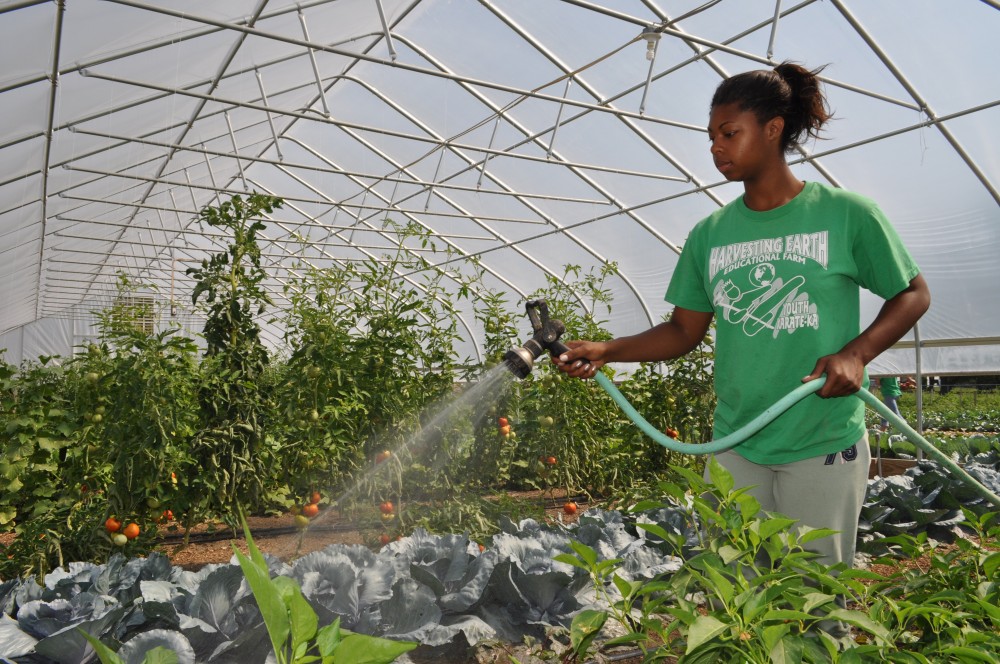How Gardening Will Phase Out The Welfare State
August 26-2013
A recent study was conducted, state by state, of the monetary value of welfare benefits for a mother with two children. They found that in New York benefits would be around $38,000, the seventh highest in the nation.
The study explains the comparison of such an amount, “While that might not sound overly generous, remember that welfare benefits aren’t taxed, while wages are. So someone in New York would have to earn more than $21 per hour to be better off than they would be on welfare. That’s more than the average statewide entry-level salary for a teacher.
Plus, going to work means added costs such as paying for child care, transportation and clothing. Not to mention that, even if it’s not a money-loser, a person moving from welfare to work will see some form of loss — namely, less time for leisure as opposed to work.”
Obviously people apply for welfare benefits because they have come across hard times. However the incentive created by this particular program has some daunting implications. It seems that this once generous program started in the 30’s has turned into an unsustainable model of redistribution. What is to happen when the state can no longer afford to pay out these benefits? The terminal characteristics of the current system happen to be a mathematical certainty. What will the tens of millions of welfare recipients do when this unsustainable model reaches its precipice of total collapse?
It is evident that the current system is broken and rife with negative incentive. So what is the answer? Should we try to petition the government for welfare reform? Good luck with that! Taking a proactive approach in your community is far more effective than petitioning bureaucrats with the sole intention of re-election.
This proactive approach is starting to pop-up around the country. Once we look at what people actually need to survive the choice on how to help them is quite evident. People need two basic things and they are food and shelter. Community gardens are a particularly effective method of providing the former.
Urban gardening is spreading and with good reason. Not only are food deserts a large problem in urban areas, but there also happens to be large areas of wasted land with garden potential. A recent article in the Smithsonian highlighted the ‘Guerrilla Gardening’ efforts of a man named Ron Finley. About three years ago, South Los Angeles resident Finley got fed up with having to drive more than half an hour to find a ripe, pesticide-free tomato. So he decided to plant a vegetable garden in the space between the sidewalk and street outside of his home, located in the working-class neighborhood where he grew up, surrounded by fast food restaurants, liquor stores and other not-so-healthy options. This tactic is spreading, and fast.

